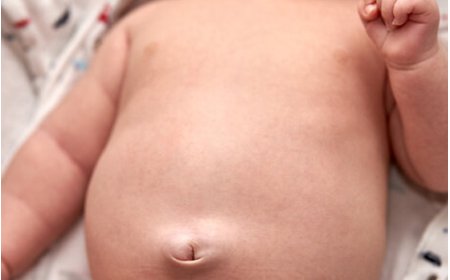Implantable Cardioverter Defibrillator ICD

Introduction:
In the diverse and vibrant country of India, heart health is of paramount importance. One such lifesaving device that plays a crucial role in protecting hearts is the Implantable Cardioverter Defibrillator (ICD). This article aims to explain what an ICD is, its classification, causes, risk factors, types, diagnostic tests, treatments, and prevention techniques, using simple language for 10-year-old children to easily understand.
What Is Implantable Cardioverter Defibrillator (ICD)? :
An ICD is like a shield that protects the heart from dangerous electrical rhythms. It is a small device implanted under the skin to monitor the heart's rhythm and deliver a lifesaving shock if needed.
Sign and Symptoms:
ICDs are like silent guardians, and there are no specific symptoms associated with their presence. However, they continuously monitor the heart's rhythm and are ready to act swiftly if any dangerous rhythm disturbances occur.
How Is Implantable Cardioverter Defibrillator (ICD) Classified? :
ICDs can be classified based on their functionality and features:
- Single-Chamber ICD: These devices have one wire placed in either the right ventricle or right atrium of the heart.
- Dual-Chamber ICD: These devices have two wires placed in both the right atrium and right ventricle of the heart.
- Biventricular ICD: Also known as CRT-D, these devices are used in patients with heart failure and have three wires to improve the heart's pumping efficiency.
Causes and Triggers:
ICDs are like watchful guardians, and they are implanted in patients who are at risk of life-threatening heart rhythms, such as ventricular tachycardia or ventricular fibrillation.
Risk Factors with Examples:
Certain heart conditions may increase the risk of needing an ICD, such as:
- Heart Attack: Like a sudden storm, a heart attack can damage the heart's electrical system, necessitating an ICD.
- Heart Failure: Like a weakened heart, heart failure can lead to dangerous heart rhythms.
Types of Implantable Cardioverter Defibrillator (ICD) with Detailing for Each Type:
ICDs can be classified based on their features and capabilities, such as:
- ICD with Pacemaker Functionality: Like a multitasker, these devices can also function as a pacemaker to help regulate the heart rate.
- ICD with Remote Monitoring: Like a connected guardian, these devices can be monitored remotely by the healthcare team to ensure proper functioning.
Diagnostic Tests and Treatments:
Before implanting an ICD, the doctor will conduct various tests, such as an electrocardiogram (ECG) and echocardiogram, to assess the heart's health. The implantation procedure is like planting a seed, and it is done under anesthesia to minimize discomfort.
Complications of Implantable Cardioverter Defibrillator (ICD) Prevention Techniques:
While ICDs are essential in protecting the heart, there are certain precautions to consider, such as:
- Avoiding Strong Magnets: Like steering clear of a magnetic force, strong magnets can interfere with the ICD's functioning.
- Regular Follow-ups: Like maintaining a guardian's vigilance, regular follow-ups with the doctor are essential to ensure the ICD is working correctly.
In conclusion, the Implantable Cardioverter Defibrillator (ICD) is a life-saving device that serves as a guardian for the heart. By continuously monitoring and delivering lifesaving shocks when needed, ICDs protect individuals from dangerous heart rhythms. By understanding the importance of heart health and taking necessary precautions, individuals in India can lead healthy and protected lives with the help of ICDs.
What's Your Reaction?
 Like
0
Like
0
 Dislike
0
Dislike
0
 Love
0
Love
0
 Funny
0
Funny
0
 Angry
0
Angry
0
 Sad
0
Sad
0
 Wow
0
Wow
0









































































